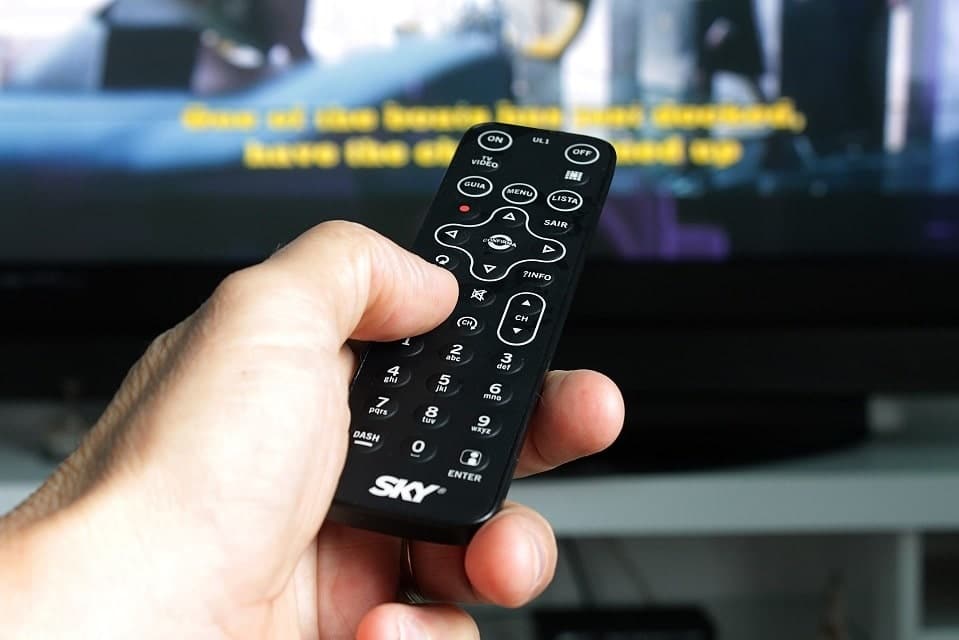A new study shows that less than one-fifth of global advertisements employ any sort of accessibility features.
The report – “2024 Global Advertising Accessibility Index & Trends” – by technology company XR Extreme Reach found that 83% of global advertisements fall below basic accessibility standards, with only 17% of the global creatives analyzed by the survey including captions, audio descriptions, or a combination of both.
“Accessibility in advertising is pivotal to ensuring that all ads have the opportunity to be seen, heard, and understood by audiences, irrespective of their physical or cognitive abilities,” the report notes.
Businesses and brands that fail to include captions or descriptions in their ad content are effectively shutting off a large community of potential customers who might be interested in purchasing their products.
The World Health Organization reports that nearly 2.5 billion people worldwide will be living with some degree of hearing loss by 2050 and that, globally, at least 2.2 billion people have impaired vision. According to some estimates, the disability community commands $8 trillion a year in disposable income, a number that jumps to $13 trillion when including their friends and family.
It’s, therefore, not too hard to see that being inclusive isn’t just good from an accessibility standpoint – it’s just good business.

Access varies by market
The report – which defines advertising accessibility as “advertisements that incorporate features that eliminate communication barriers” – analyzed more than 800,000 creative assets and 7.8 million ad deliveries on linear and digital platforms over a 12-month period from over 100 countries. It looked at, among other things, the integration of accessibility features in advertising campaigns and the movement of regulatory standards across specific markets within North America, Latin America, Europe, the Middle East, Africa, and Asia-Pacific.
The report noted that although many markets demonstrated a strong adoption of captioning, in some cases even reaching as high as 100% of ads, audio description is underutilized, reaching only 4%, and in most markets, less than 1%. Captions and audio descriptions are significantly underrepresented across digital.
The report’s analysis shows differences by market. For instance, in the United States, about 16% of linear ads include captions, while in Canada, Canadian Radio-television and Telecommunications Commission regulations require 100% of broadcast ads to feature captions.
The report also noted:
- Twenty percent of ads run on linear in Brazil included captions and 4% included audio description.
- In Europe, the adoption of advertising accessibility varies. Reflecting a growing industry-led push towards accessibility, Ireland leads with 30% of ads featuring captions and 3% including audio description.
- The UK follows closely behind with about one-quarter of ads including captions and 1% featuring audio description.
- Spain saw 6% of ads using captions and 2% with audio description.
“We are encouraged by an overall growing global shift towards accessible advertising as markets lean into establishing regulatory efforts and demonstrate progress in driving awareness,” said Simon Sikorski, president, global operations, XR. “Creating a more accessible future enables all sides of the industry to win – advertisers can achieve greater reach and resonance across all audiences, broadcasters and publishers drive greater value across inventory, and all people can have the opportunity to connect with brands across the world.”

A wider audience
The popularity of captions has been on the rise in recent years, with studies citing their wide availability as well as their use to silence videos when viewers are watching from a phone or tablet or being able to watch content in a noisy or crowded location like a gym or bar. Some viewers report being able to better focus on plot points with captions on, others report lines being made “funnier or more relevant.”
There’s also no denying the impact captions can have on making content more memorable. And ensuring people remember content – like ads they see on TV – makes it more likely people will discuss and share it with others.
This is powerful when thinking about creating buzz for television programs, but also important for marketing. Studies have shown that a combination of text and images helps people to better remember and process information by up to 650%. Making sure more people remember, share, and talk about advertising content is simply good business.
By adding captions, audio description, or other accessible solutions to advertisements, businesses and brands can help their messages reach larger audiences while also meeting inclusivity goals.
VITAC’s wide range of services have helped businesses, broadcasters, educational institutions, government agencies, content creators, and others make their messages accessible to millions of people worldwide. When you work with us, you benefit from the expertise of a full-service captioning and accessible communications company, complete with skilled engineering, the latest technologies, and production departments supported by a robust, sophisticated infrastructure. Reach out to learn more.




